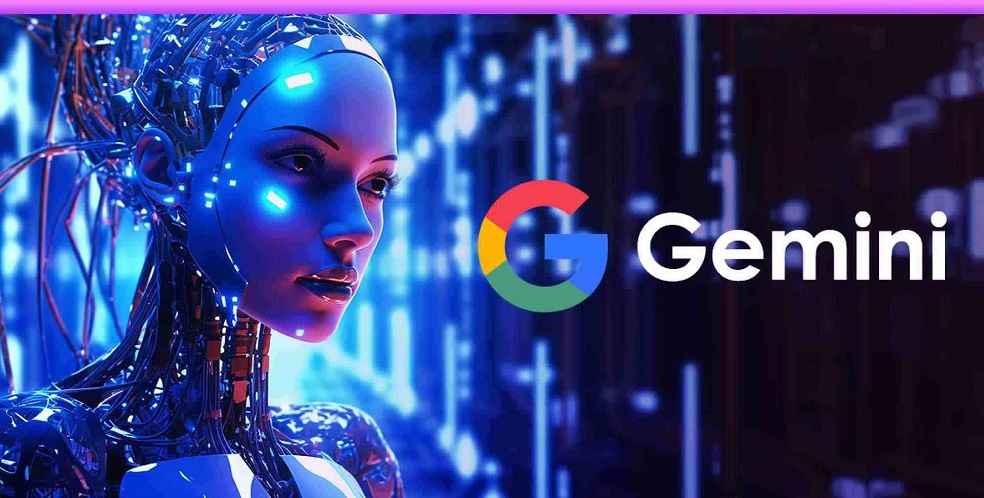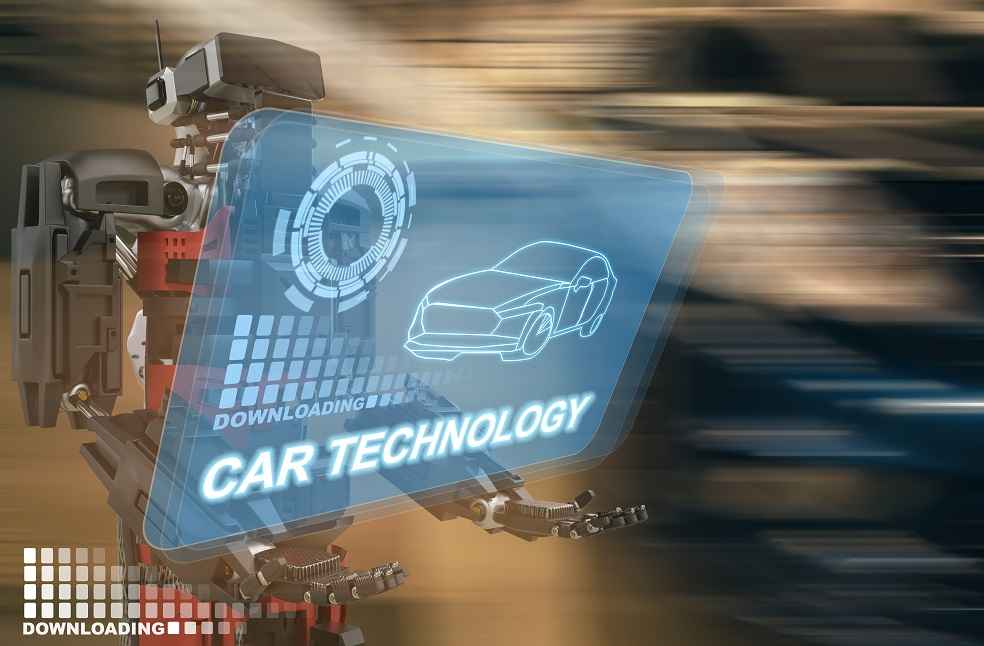A new digital trend powered by Google Gemini AI is rapidly reshaping how carmakers showcase their vehicles online. The feature, popularly known as Nano Banana, can turn a simple car photograph into a three-dimensional collectible-style image, allowing automobile brands to create eye-catching visuals without costly studio setups or complex design software.
The tool works by combining depth estimation with neural rendering. Users upload a photo and add a short text prompt, and the AI applies lighting, shadows, textures, and angles to produce an image resembling a miniature model. Small prompt changes can dramatically alter the output, enabling marketing teams to experiment with different styles in minutes.

Automakers are adopting the feature at a pace, citing three major advantages: speed, cost savings, and audience engagement. With 3D-look visuals delivered in minutes, marketing teams can launch campaigns faster, customize car details such as color or wheels instantly, and create content optimized for platforms like Instagram, TikTok, and X.
Popular prompt formats already emerging in the industry include ‘glossy 3D collectible of [brand] [model] under studio lights’ and ‘futuristic neon miniature of [brand] [model].’ These not only provide consistency across campaigns but also tap into nostalgia for diecast toys, giving the images an emotional pull for fans.

Industry experts advise brands to take high-quality base photos, specify details such as finishes and settings in prompts, and maintain internal guidelines to prevent misuse. While Nano Banana offers fresh opportunities, companies are urged to remain mindful of copyright protections, screen compatibility, and potential abuse of the tool for inappropriate content.
For automakers, the blend of nostalgia, technology, and accessibility is opening a new channel for fan engagement and brand storytelling in the digital era.
OBSERVATION | Rivian CEO Warns on China’s Cost Edge in EV Market





